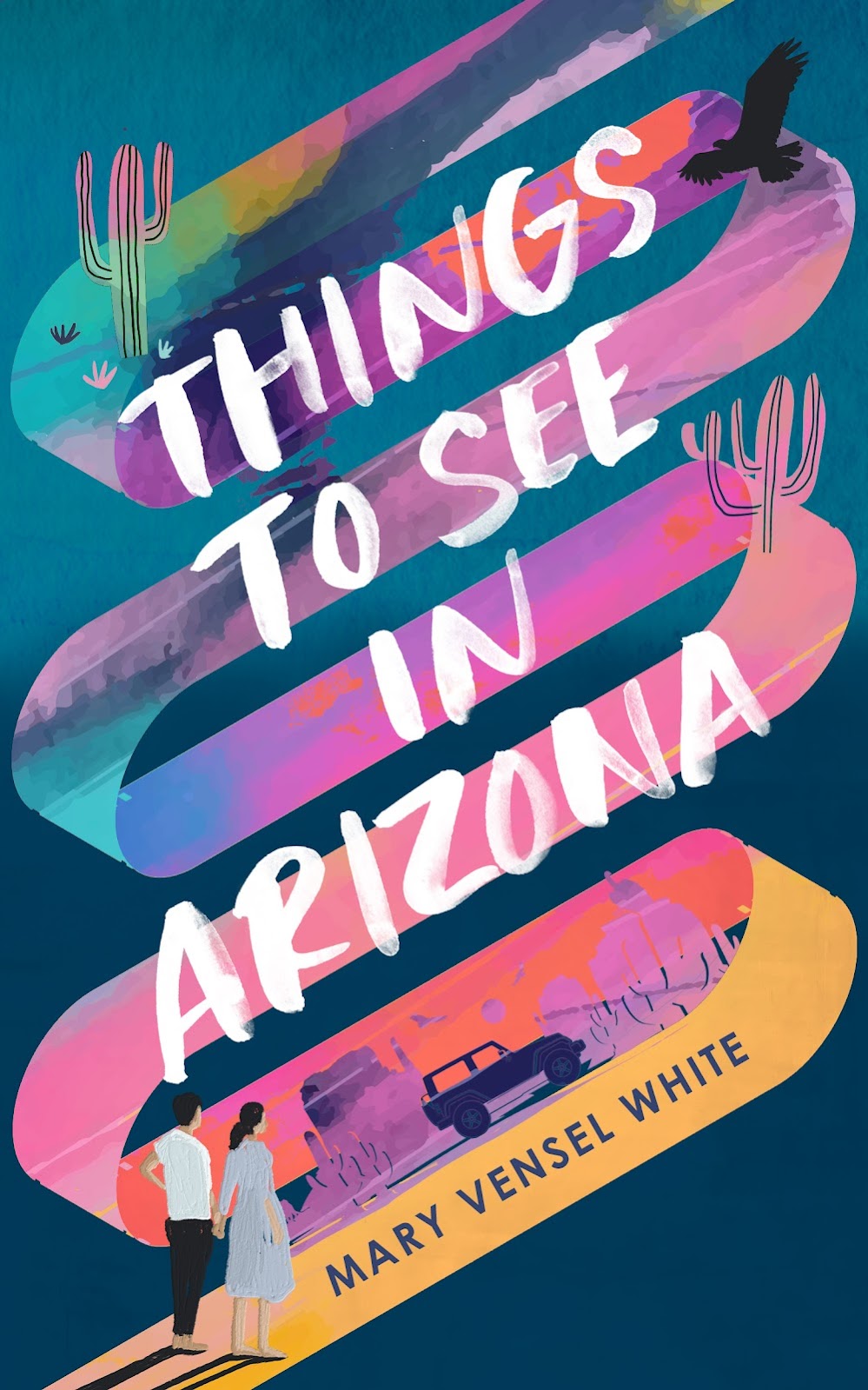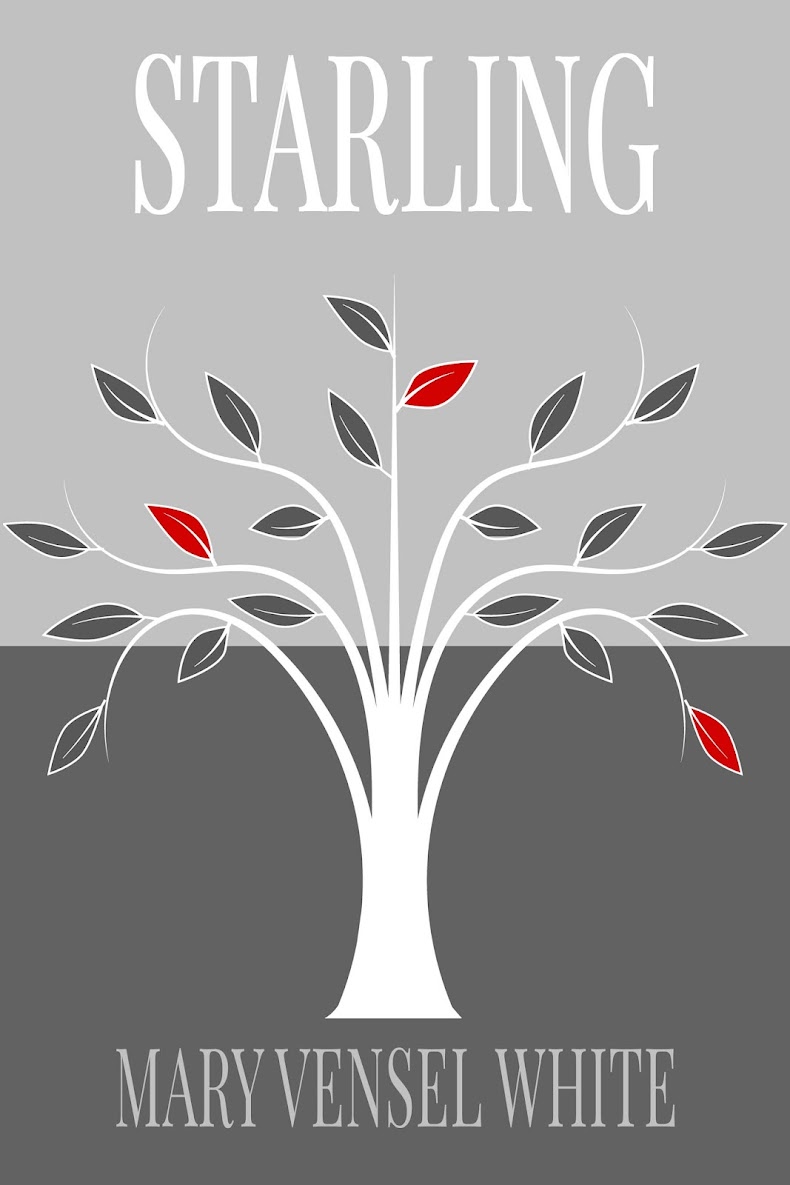Recently, I re-read one of my favorite books from childhood, Harriet the Spy, in order to share it with my son Satchel, age nine. I wasn’t sure if he’d like the book. It was written in the 1960s, after all, and the main character is a spectacled girl who walks around Manhattan
“She thought for a moment about bad things and good things and how there were always so many of each, and how sometimes they happened in a heap. And then the mixture of things could be rolled up in a rubber band, and it would always be there—in your toy box or your memory or your heart—so you could examine it whenever you wanted, in absolute privacy, wearing your pajamas, or sometimes in the company of an understanding friend.”
And it seemed to me the author got something wrong here, in the closing thoughts of her Harriet. Because what was so memorable for me about Harriet the Spy wasn't the things that happened but the people involved, and my own process of writing is the exploration between the good and bad in people, the probing of character, and this is the rubber-band-wrapped thing I examine in absolute privacy.
Harriet is rude and demanding. She speaks out of turn. She does things she knows are wrong and she feels badly afterwards. She can be very self-assured or painfully awkward. She’s going through a tough time, yet enjoys moments of genuine joy. In other words, she’s human.
Many types of books make clear right away who is the “good guy.” They follow a formula, or maybe have a very entertaining story with many twists and turns. But I’d argue that even books heavy on story give us characters with problems, even stock characters, those prototypes we’ve seen a million times—many of those are based on a good/bad dichotomy.
- The streetwise cop (or ex-cop) in crime novels. You know the guy—failed marriage, erratic behavior. He makes mistake after mistake but deep down, his heart’s in the right place.
- The thirty-ish single girl in chick lit. She can’t maintain a relationship, chooses the wrong guy continually, and doubts herself. In the end, she’s stronger than she thinks.
- The sexy vampire. He’s attractive and mysterious but let’s face it—he’s got a nasty habit and a long life ahead of him.
Nobody wants to be around someone who won’t show weakness; nobody wants to hang out without a person who’s horrible all the time. But a loyal friend with a little mean streak, a parent who’s made a mistake but still loves you unconditionally…well, these are the types of people we all know. And they make memorable characters in novels.















